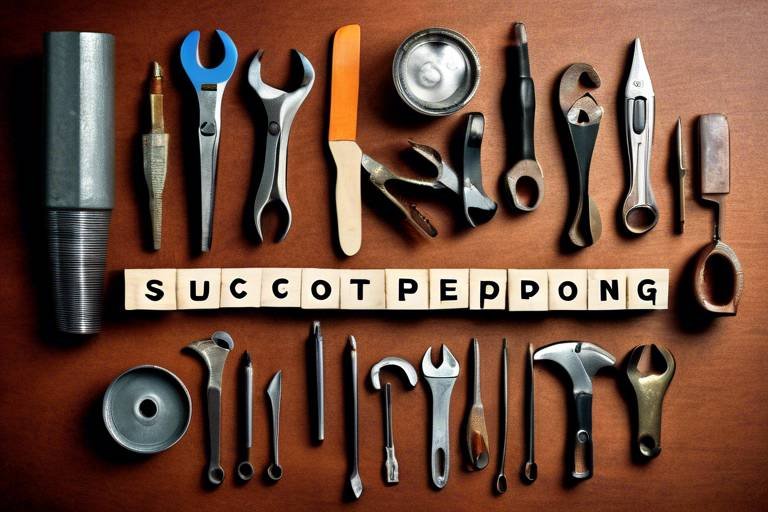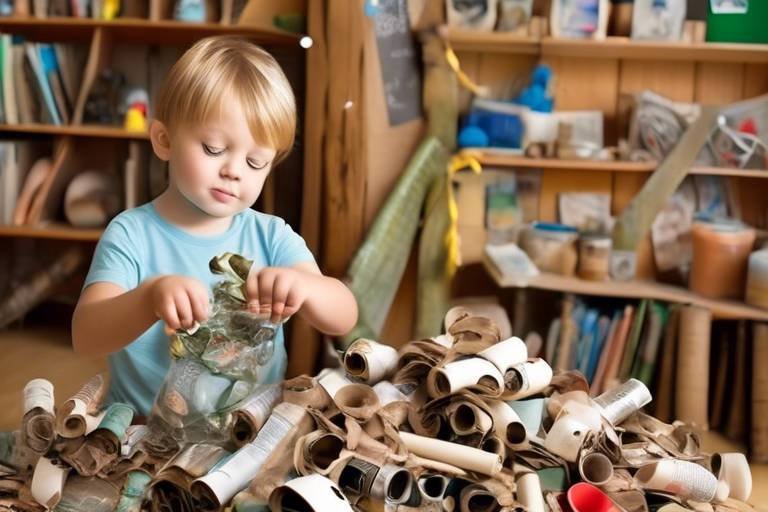The A-Z of Repurposing Old Kitchenware
This article explores creative ways to repurpose old kitchen items, turning them into functional and decorative pieces for your home. Discover innovative ideas that breathe new life into forgotten utensils and appliances.
Repurposing old kitchenware not only reduces waste but also adds character to your home. Think about it: every chipped plate or rusty pan has a story to tell. When you choose to give these items a second chance, you’re not just decluttering; you’re embracing sustainability. It's a win-win! By keeping these items out of landfills, you're actively contributing to a healthier planet. Plus, the personal satisfaction that comes from transforming these forgotten treasures into something beautiful is simply priceless.
Now, let’s dive into the fun part—creative upcycling projects that can transform your old kitchenware into unique home decor. With just a sprinkle of imagination and a dash of creativity, those mundane items can become the stars of your home. Whether it’s turning a set of mismatched plates into a quirky wall display or using old utensils to create a stunning centerpiece, the possibilities are endless. Here are a few ideas to get your creative juices flowing:
Old pots can serve as charming planters for your indoor or outdoor gardens. Imagine a collection of colorful pots, each with its own unique design, housing vibrant flowers or lush greenery. Not only do they add a touch of nature to your space, but they also provide a fantastic conversation starter. When selecting pots, consider their size and material; ceramic pots are great for small plants, while larger, sturdy pots are perfect for herbs or small shrubs.
Choosing the right plants for your upcycled pots is crucial to ensuring your garden flourishes with style. Here are some tips to help you make the right selection:
- Light Requirements: Consider how much sunlight the area receives. Some plants thrive in full sun, while others prefer shade.
- Watering Needs: Make sure to choose plants that have similar watering needs to make maintenance easier.
- Size Compatibility: Ensure that the plants you choose won’t outgrow the pots too quickly.
To enhance the aesthetic appeal of your planters, consider using decorative painting techniques. You can transform plain pots into eye-catching pieces by using various methods such as:
- Stenciling: Use stencils to create intricate designs that match your decor.
- Sponging: Apply paint with a sponge for a textured look.
- Color Blocking: Use bold colors to create a modern, chic appearance.
These personalized touches will make your upcycled pots a standout feature in your space!
Transforming old utensils into artistic displays can add a whimsical touch to your home. Imagine a wall adorned with vintage forks and spoons, each one telling its own story. You could create a stunning centerpiece by arranging them in a shadow box or even crafting a unique wind chime. The charm of using everyday items as decor is that it infuses your home with personality and warmth.
Repurposing kitchenware can also yield practical solutions for everyday tasks. It’s amazing how old items can be turned into functional tools that enhance your daily life while reducing clutter. For instance, old jars can be transformed into stylish storage solutions that not only keep your items organized but also add a touch of vintage charm to your space.
Old jars can be repurposed into stylish storage solutions for various items. From pantry storage to crafting supplies, these jars can be both functional and decorative. You can easily label them for easy identification or even paint them to match your kitchen decor. They’re perfect for:
- Storing spices
- Organizing office supplies
- Holding small kitchen tools like whisks and measuring spoons
Baking sheets can serve as versatile organization tools. Why not repurpose them into magnetic boards or trays? Simply attach some magnets to the back of your baking sheets, and you’ve got a stylish way to display notes or recipes right in your kitchen. Plus, they can double as trays for serving snacks or organizing your craft supplies, maximizing space and functionality in your home.
Q: What types of kitchenware are best for repurposing?
A: Almost any kitchen item can be repurposed! Look for items like pots, pans, utensils, and jars. The key is to get creative with your ideas!
Q: Do I need special tools for repurposing kitchenware?
A: While some projects may require basic tools like paintbrushes or glue, many ideas can be done with items you already have at home.
Q: How can I ensure my repurposed items are safe for use?
A: Always clean and sanitize your items before repurposing them, especially if they’ll be used for food storage or serving.
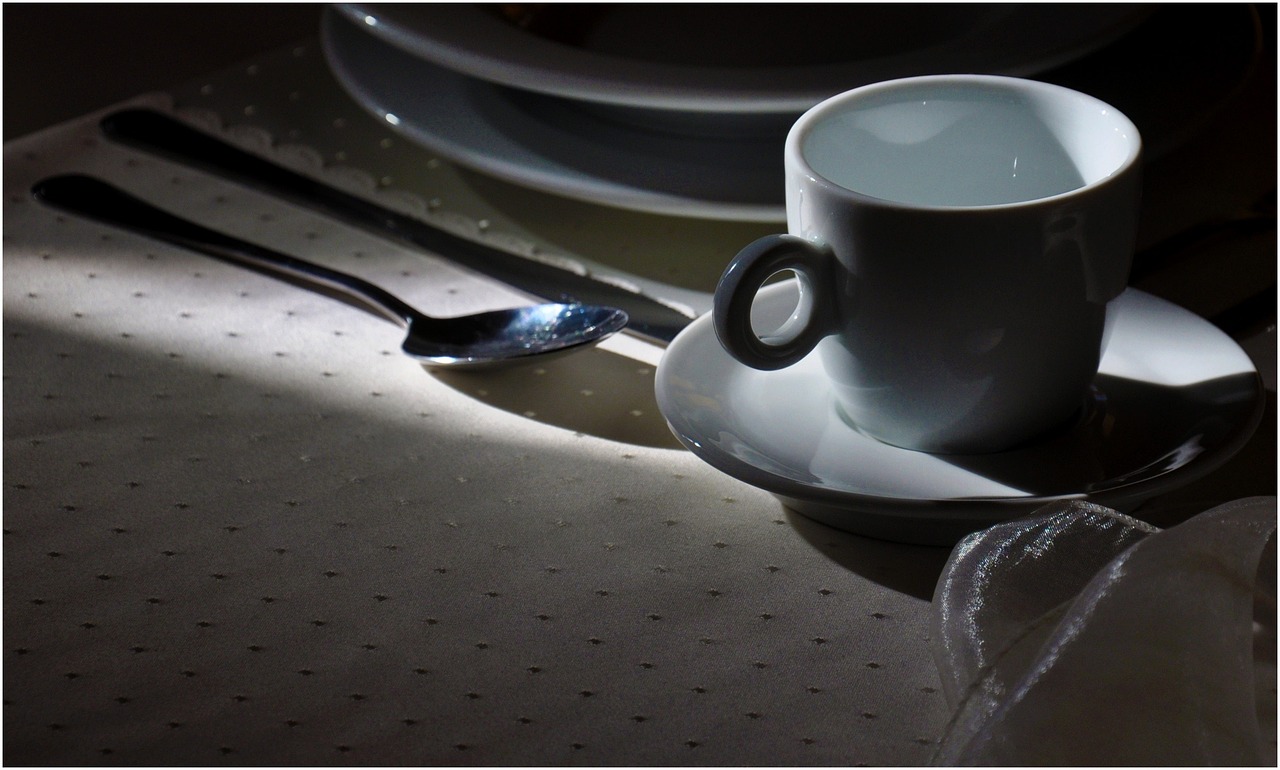
Understanding the Value of Repurposing
Repurposing old kitchenware is more than just a trendy DIY project; it’s a movement towards sustainability and creativity that can breathe new life into your home. Have you ever looked at an old pot or a set of mismatched utensils and thought, "What a waste!"? Well, you’re not alone. Many people are discovering the profound benefits of giving these forgotten items a second chance, and it’s not just about saving a few bucks. It’s about making a statement that you care about the planet and your personal style.
One of the most significant advantages of repurposing is its positive impact on the environment. By transforming old kitchen items instead of tossing them out, you are actively participating in waste reduction. Did you know that a staggering amount of kitchenware ends up in landfills every year? When you choose to repurpose, you’re helping to minimize this waste, which ultimately contributes to a healthier planet. It's like turning a frown upside down; instead of contributing to a pile of discarded items, you’re creating something beautiful and functional.
Moreover, repurposing can add a unique character to your home that store-bought items simply can’t match. Each piece tells a story, whether it’s a chipped mug turned into a quirky planter or a set of old forks transformed into wall art. These creations not only serve a purpose but also spark conversations and evoke memories. Imagine having guests over and proudly sharing the story behind your upcycled masterpiece. It’s a wonderful way to showcase your creativity and personality.
Additionally, the satisfaction derived from repurposing is immense. There’s something incredibly rewarding about taking an item that was once deemed useless and turning it into something that brings joy or utility. It’s like a treasure hunt in your own home! You might find an old baking dish that can be painted and used as a decorative tray or a stack of mismatched plates that can become a stunning wall display. The possibilities are endless, and the thrill of discovery is part of the fun.
To sum it up, repurposing old kitchenware is a fantastic way to reduce waste, express your creativity, and add character to your living space. By choosing to repurpose, you’re not just saving money; you’re making a conscious decision to live more sustainably while enjoying the process of creation. So, the next time you consider throwing away an old kitchen item, think again! You might just be one creative idea away from crafting your next favorite home decor piece.
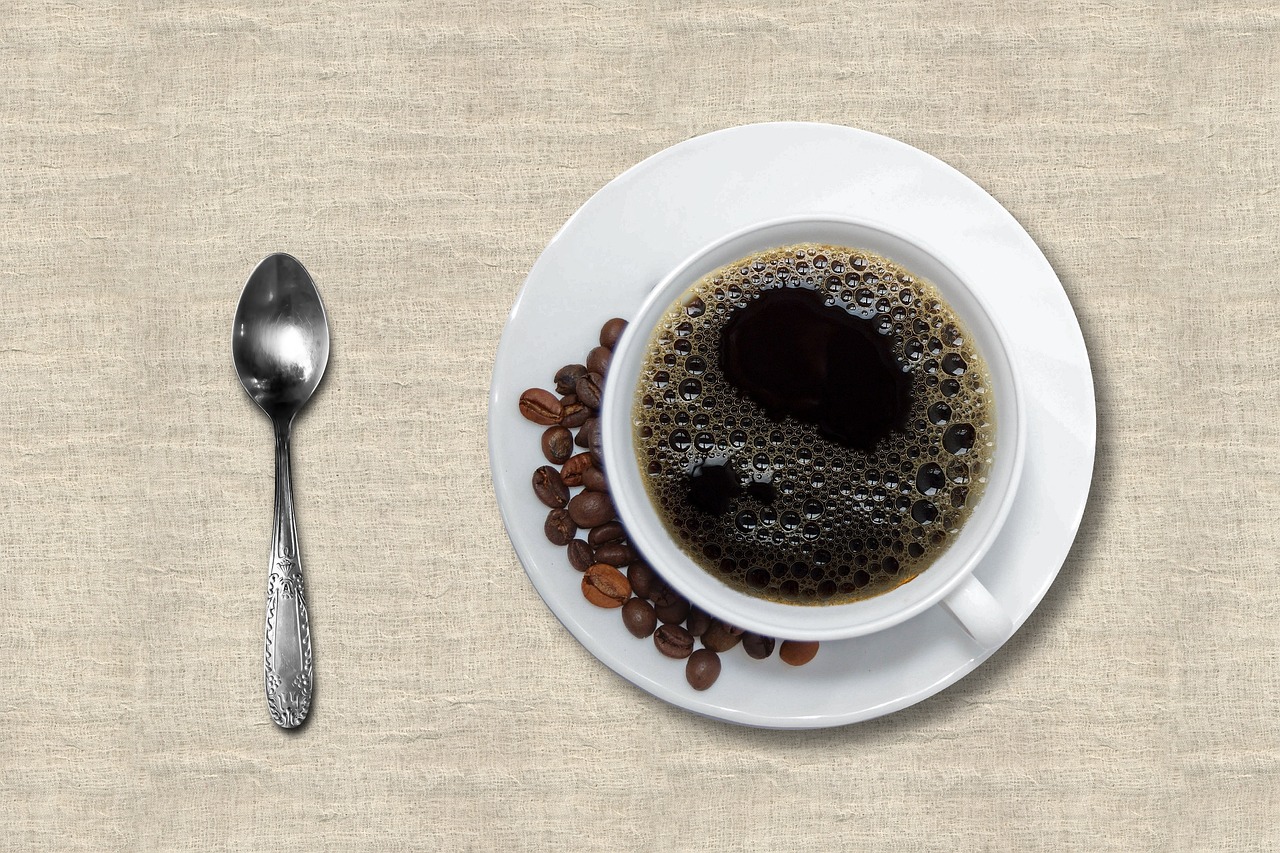
Creative Upcycling Ideas
When it comes to upcycling, the possibilities are truly endless! Old kitchenware can be transformed into stunning pieces that not only serve a purpose but also add a unique flair to your home decor. Imagine walking into your kitchen and being greeted by a delightful array of repurposed treasures that tell a story. From vintage teacups turned into candle holders to repurposed cutting boards that become artful wall hangings, there’s something wonderfully satisfying about giving new life to items that might otherwise end up in the landfill.
Let’s get creative! One of the most popular upcycling projects involves turning old pots and pans into charming planters. Not only does this breathe new life into your culinary cast-offs, but it also allows you to showcase your green thumb. You can hang them from hooks in your kitchen or patio, or simply place them on a sunny windowsill. The rustic appeal of old cookware juxtaposed with vibrant plants creates a stunning visual that can brighten any space.
Another fantastic idea is to use old utensils as art. Picture this: a series of vintage forks and spoons arranged in a beautiful shadow box, or perhaps a whimsical wind chime crafted from mismatched silverware. These artistic displays can add a touch of nostalgia and charm to your home. You might even consider creating a kitchen-themed gallery wall with framed recipes, old cookbooks, and your unique utensil art. This not only showcases your creativity but also celebrates your love for cooking.
For those who enjoy a bit of DIY magic, consider transforming old glass jars into stylish storage solutions. They can hold everything from pantry staples to craft supplies. You can decorate them with twine, paint, or even chalkboard labels for a personalized touch. Not only do these jars help reduce clutter, but they also make for eye-catching decor on your kitchen counter or craft room shelf.
Lastly, let’s not forget about baking sheets. These versatile items can be repurposed into magnetic boards for your kitchen or office. Simply attach some magnets to your favorite recipes, photos, or reminders, and voila! You have a functional piece that keeps your space organized while adding a dash of personality. You can even use them as trays for serving snacks during a gathering, ensuring that your old baking sheets continue to serve a purpose.
In summary, the world of upcycling old kitchenware is filled with creativity, fun, and sustainability. By repurposing these items, you not only save money but also contribute to a more eco-friendly lifestyle. So, gather your old kitchen treasures and let your imagination run wild! Who knows what beautiful pieces you can create?
- What types of kitchenware can be upcycled? Almost anything! Pots, pans, utensils, jars, and even appliances can be transformed into functional or decorative pieces.
- How do I start an upcycling project? Begin by gathering your old kitchen items and brainstorming ideas. Look for inspiration online or in DIY magazines.
- Are there any safety tips for upcycling? Yes! Always ensure that items are clean and safe to use, especially if you plan to use them for food storage or serving.
- Can children participate in upcycling projects? Absolutely! Upcycling can be a fun and educational activity for kids, helping them learn about sustainability and creativity.
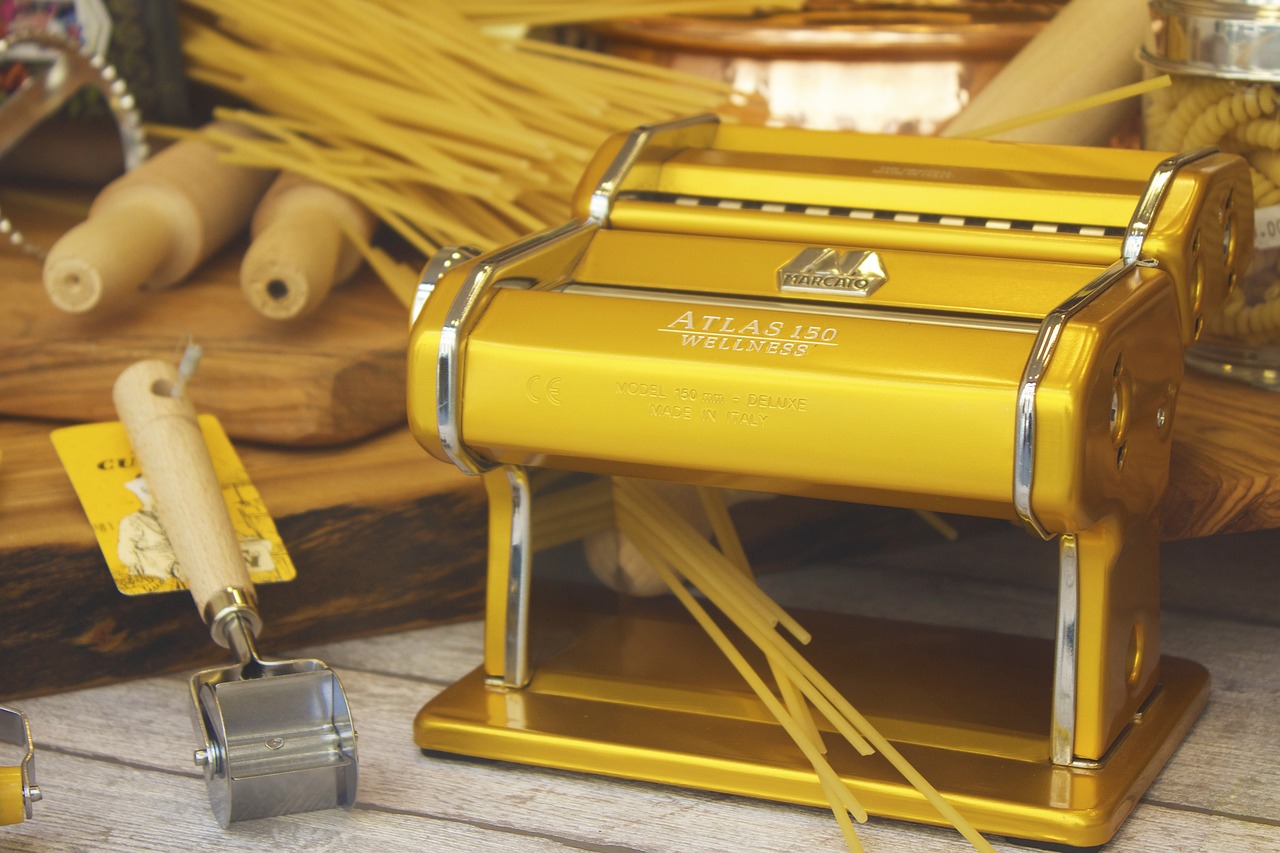
Turning Pots into Planters
Have you ever looked at your old pots, those once-beloved vessels that have lost their shine, and thought they were just taking up space? Well, think again! Transforming these forgotten kitchen items into beautiful planters not only gives them a second life but also adds a splash of creativity to your home or garden. Imagine a vibrant collection of plants bursting forth from what was once a mundane pot, creating a stunning focal point that draws the eye and enlivens your space. The beauty of repurposing pots into planters lies in the endless possibilities it offers!
Before you dive headfirst into this delightful project, consider the types of pots you have on hand. Whether they are ceramic, metal, or even plastic, each material can be transformed with a little imagination. For instance, ceramic pots can be painted with bright colors or adorned with intricate designs, while metal pots can take on a rustic charm with a bit of weathering. Don't forget about using pots that may have a few chips or cracks; these imperfections can add character to your new planters!
When selecting the right plants for your newly upcycled pots, think about the environmental conditions they will be exposed to. Are they going to be indoors where sunlight is limited, or will they bask in the glorious outdoors? Here are some ideas for plants that thrive in various conditions:
- Succulents: Perfect for sunny spots, they require minimal watering.
- Ferns: Ideal for shaded areas, they love humidity and add lush greenery.
- Herbs: Not only do they smell divine, but they also thrive in pots and can be used in your cooking!
Moreover, to ensure your plants flourish, it's essential to incorporate some drainage into your pots. If your pots don’t have drainage holes, you can create them with a drill or simply layer the bottom with small stones to prevent water from pooling. This step is crucial to keep your plants healthy and happy!
After you’ve selected your pots and plants, it’s time to unleash your inner artist! Decorative painting techniques can elevate your planters from ordinary to extraordinary. You can use spray paint for a sleek finish or acrylic paints for a more textured look. Consider stenciling patterns or using a sponge to create a unique design. The sky's the limit! Just remember to use outdoor paint if your planters will be exposed to the elements.
In conclusion, turning old pots into planters is a fun and rewarding project that not only beautifies your space but also promotes sustainability. So, gather those neglected pots, choose your favorite plants, and let your creativity run wild. You'll be amazed at the transformation and the joy it brings to your home!
Q: Can I use any type of pot for planting?
A: Yes, most pots can be repurposed as planters, but ensure they are safe for plants, especially if they were previously used for food.
Q: How do I ensure proper drainage in my pots?
A: If your pots don’t have drainage holes, create them or add a layer of stones at the bottom to prevent water from accumulating.
Q: What plants are best for beginners?
A: Succulents and herbs are great choices for beginners as they are low-maintenance and thrive in various conditions.
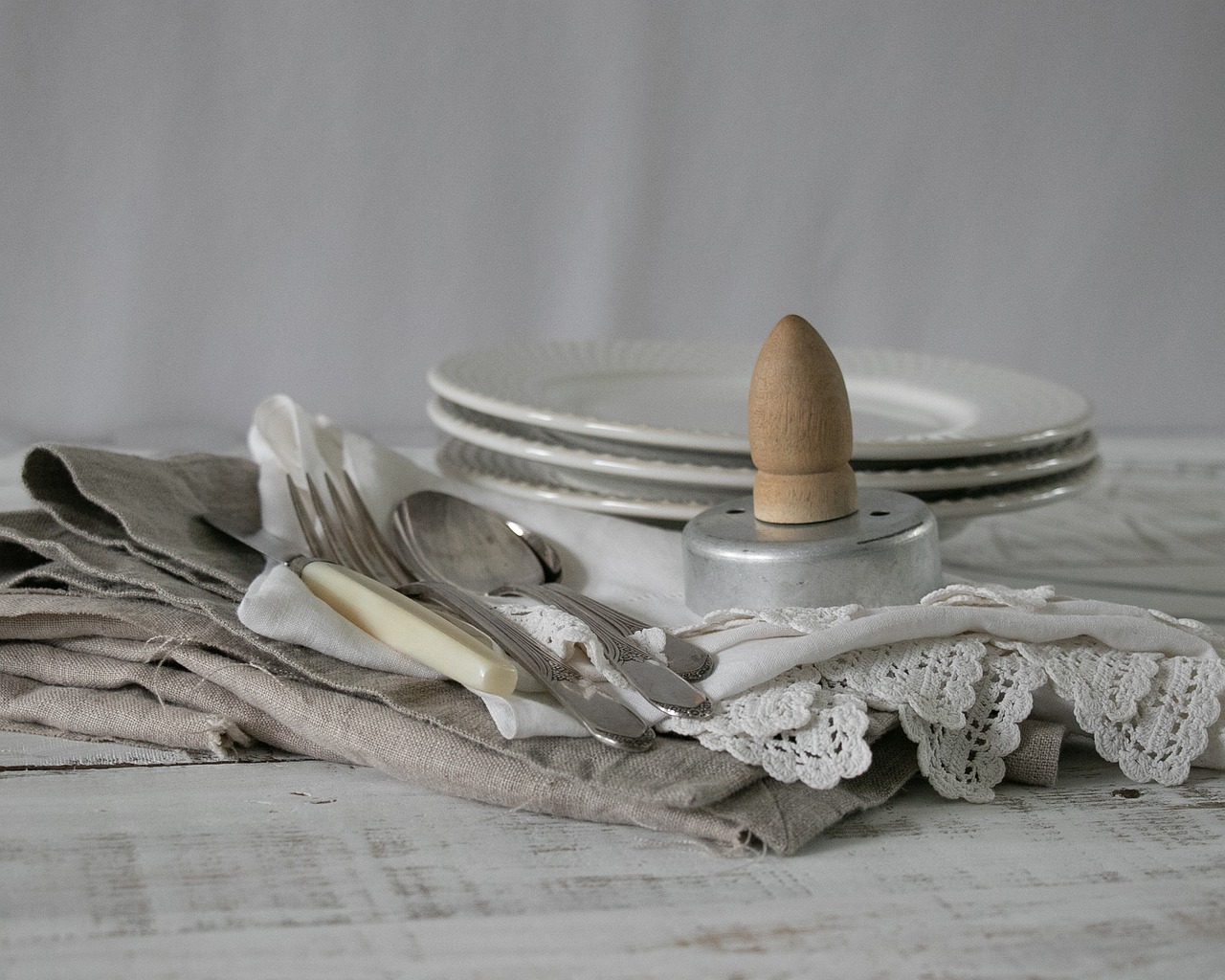
Choosing the Right Plants
When it comes to transforming your old kitchen pots into vibrant planters, selecting the right plants is crucial for both aesthetics and sustainability. You want your repurposed pots to not only look good but also to thrive in their new environment. Think of this process as matchmaking; you want to pair your pots with plants that complement each other, creating a harmonious relationship that enhances the overall beauty of your space.
First, consider the light conditions in your home or garden. Are your pots going to be placed in a sunny spot or a shaded corner? Different plants have varying light requirements. For instance, if your pots will bask in direct sunlight, consider choosing sun-loving plants such as succulents or herbs like basil and rosemary. On the other hand, if your pots are destined for a dimmer area, opt for shade-tolerant plants like ferns or peace lilies.
Next, think about the size of your pots. Larger pots can accommodate bigger plants, while smaller pots are perfect for petite varieties. If you're going for a cascading effect, trailing plants like string of pearls or ivy can create a stunning visual. Conversely, if you want to make a statement, consider a single, tall plant like a snake plant or a dracaena that can stand proud and draw attention.
Another factor to keep in mind is the maintenance level you’re comfortable with. Some plants require more care and attention than others. For instance, if you have a busy schedule, low-maintenance plants like cacti or pothos are great choices. They thrive on neglect and will still look fabulous in your upcycled pots. However, if you enjoy gardening and don’t mind a bit of extra work, you might want to experiment with more demanding plants that offer vibrant blooms or interesting foliage.
Lastly, consider the theme or vibe you want to create. Are you aiming for a rustic farmhouse aesthetic or a modern minimalist look? Your plant choices can greatly influence this. For a rustic feel, herbs and wildflowers work beautifully, while sleek, architectural plants can enhance a contemporary space. Don't forget about color! Mixing and matching plants with different leaf shapes and colors can create a dynamic arrangement that captures attention.
In summary, choosing the right plants for your upcycled pots is about understanding their needs and your environment. By considering light, size, maintenance, and aesthetic, you can create a thriving, beautiful display that not only breathes life into your old kitchenware but also adds a personal touch to your home.
Q: Can I plant vegetables in my old pots?
A: Absolutely! Just ensure that the pots have proper drainage and are large enough to accommodate the root systems of the vegetables you choose.
Q: How do I ensure my plants thrive in repurposed pots?
A: Make sure to use quality potting soil, provide adequate drainage, and choose plants that match the light conditions of your space.
Q: What should I do if my plants start to wilt?
A: Check the soil moisture; overwatering or underwatering can both cause wilting. Adjust your watering schedule accordingly.
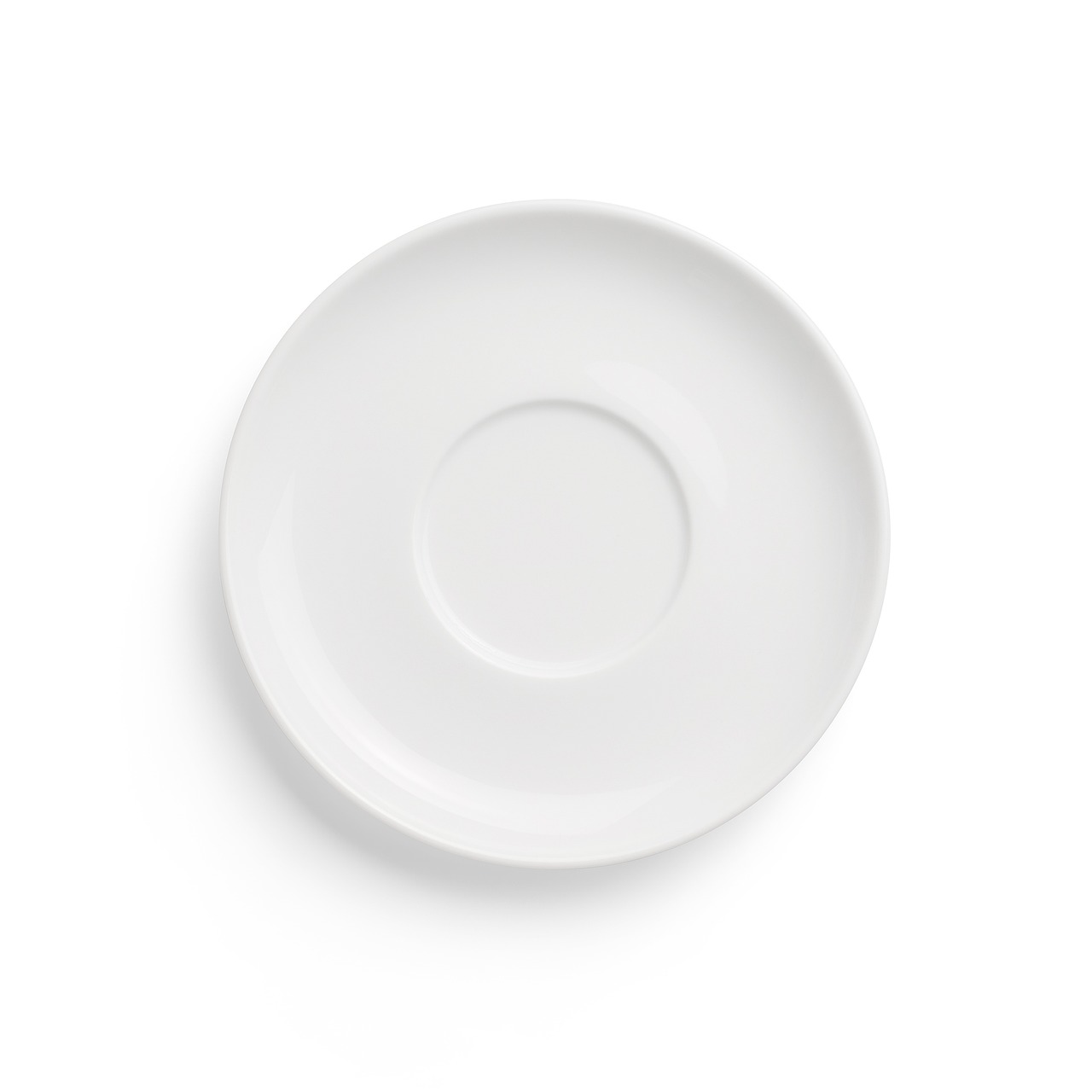
Decorative Painting Techniques
When it comes to enhancing the aesthetic appeal of your upcycled pots, can work wonders. Imagine taking a dull, forgotten pot and transforming it into a vibrant centerpiece that draws attention and admiration. The first step is to consider the type of paint you want to use. Acrylic paints are a popular choice due to their versatility and quick drying time, making them ideal for both indoor and outdoor projects. However, if your pots will be exposed to the elements, you might want to opt for a weather-resistant paint to ensure longevity.
Next, think about the color palette you wish to employ. Are you aiming for something bold and bright to make a statement, or do you prefer soft pastels for a more subdued look? You can even create a color gradient effect by blending shades together, which adds depth and interest to your pots. To achieve a professional finish, consider using a primer before applying your paint. This not only helps the paint adhere better but also enhances the vibrancy of the colors you choose.
Once you've selected your paints, it’s time to get creative with techniques. Here are a few ideas to spark your imagination:
- Sponge Painting: Use a sponge to dab on paint for a textured look. This technique is perfect for creating a rustic or weathered appearance.
- Stenciling: Create intricate designs using stencils. This method allows for precision and can elevate the overall design of your pots significantly.
- Ombre Effect: Blend colors from light to dark to create a stunning ombre effect. This technique is visually appealing and adds a modern touch to your planters.
After painting, don’t forget to seal your masterpiece. A clear sealant will protect your painted pots from scratches and fading, especially if they are placed outdoors. This step is crucial as it preserves the beauty of your work and ensures that your upcycled pots remain a highlight in your home for years to come.
In conclusion, decorative painting techniques not only breathe new life into old kitchenware but also allow you to express your personal style. Whether you choose to keep it simple or go all out with intricate designs, the possibilities are endless. So grab your brushes, unleash your creativity, and watch as your repurposed pots become stunning focal points in your garden or home decor!
Q: What type of paint is best for outdoor pots?
A: Weather-resistant acrylic paint is recommended for outdoor pots as it can withstand the elements.
Q: Do I need to sand my pots before painting?
A: It’s not necessary, but lightly sanding the surface can help the paint adhere better, especially if the pot has a glossy finish.
Q: How can I ensure my painted pots last long?
A: Sealing your painted pots with a clear coat will protect them from scratches and fading, ensuring they look great for a longer time.
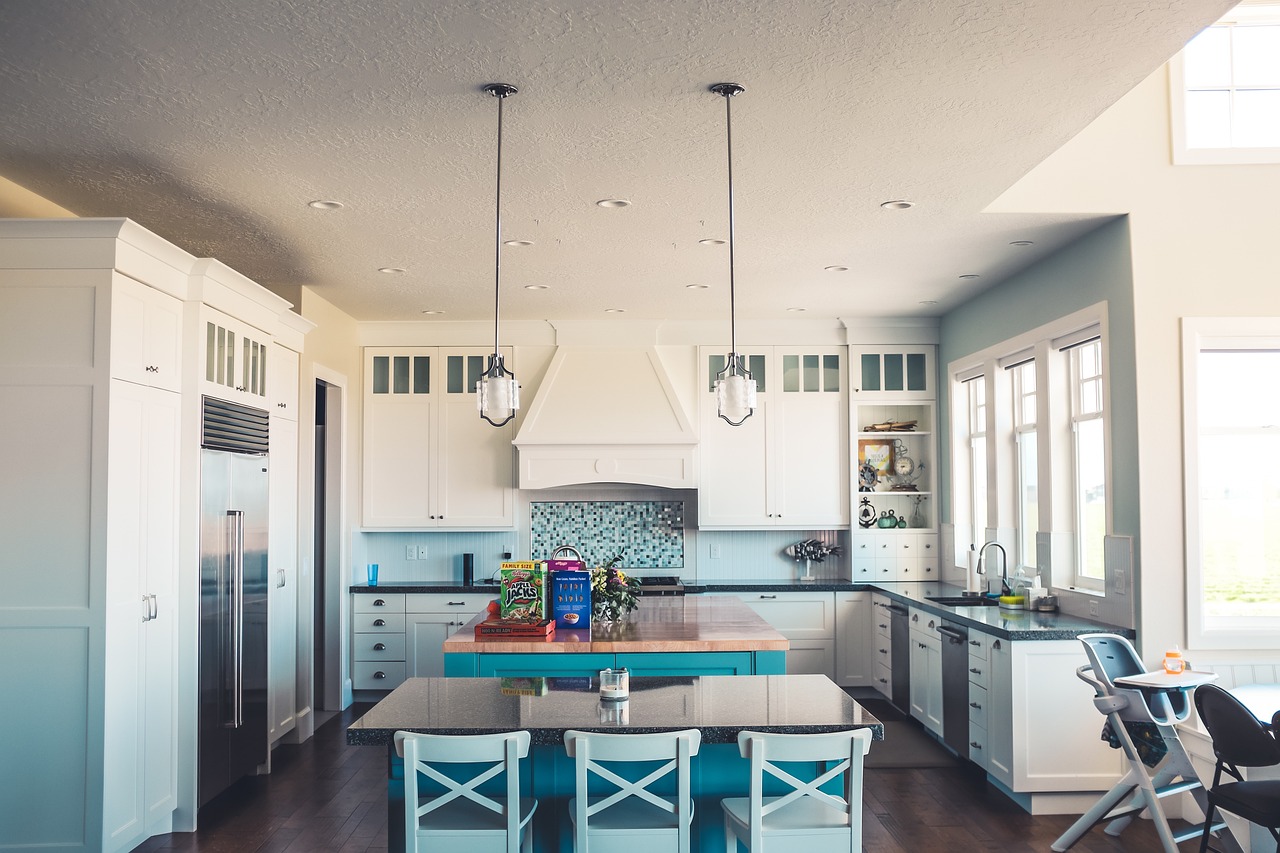
Kitchen Utensils as Art
Have you ever looked at your old kitchen utensils and thought, "These could be more than just tools?" Well, you’re not alone! Transforming everyday kitchen items into stunning pieces of art is a fun and creative way to breathe new life into your home. Imagine your old forks, spoons, and knives taking center stage as unique decor that tells a story. It's like giving your kitchen a personality makeover!
One of the most delightful aspects of using kitchen utensils as art is the sheer variety of ways you can display them. For example, you can create a whimsical wall hanging by arranging old spoons and forks in an artistic manner. A simple frame can serve as a base, allowing you to attach the utensils in a way that showcases their shapes and textures. You could even paint them in vibrant colors or leave them in their rustic state for a vintage look. The choice is yours!
Another exciting project is to use old utensils to create functional art. How about a spoon rack that not only holds your cooking spoons but also serves as a decorative piece? By attaching spoons to a wooden board, you can create a charming display that keeps your utensils handy while adding a touch of creativity to your kitchen. This way, you’re not just decluttering; you’re making a statement!
If you’re feeling particularly adventurous, consider crafting a sculpture from your unused kitchenware. Imagine a whimsical bird made from an assortment of forks, spoons, and knives! This can be a fantastic centerpiece for your dining table or even a quirky garden ornament. The beauty of this kind of project is that it allows your imagination to run wild. You can experiment with different designs and arrangements, turning what was once destined for the trash into a conversation starter.
For those who prefer a more subtle approach, consider using utensils in a more understated manner, such as creating a decorative centerpiece for your dining table. A simple glass jar filled with old wooden spoons or vintage forks can add a rustic charm to your decor. You can even mix and match different styles and materials to create an eclectic look that reflects your personal taste.
Incorporating kitchen utensils into your home decor not only showcases your creativity but also promotes sustainability. By repurposing items that would otherwise be discarded, you’re contributing to a greener planet. Plus, every piece you create is unique, adding a personal touch to your home that store-bought items simply can’t match. So, why not gather those forgotten utensils and start turning them into art today?
- What types of utensils work best for art projects? Almost any old utensil can be used, but consider those with interesting shapes or textures, like vintage forks or spoons.
- How can I attach utensils to a frame? You can use hot glue, wire, or even small nails to secure them in place, depending on your design.
- Do I need special tools for these projects? Basic crafting tools like scissors, glue, and pliers are usually sufficient for most projects.
- Can I paint my utensils? Yes! Using non-toxic spray paint or acrylic paint can add a fun pop of color to your creations.
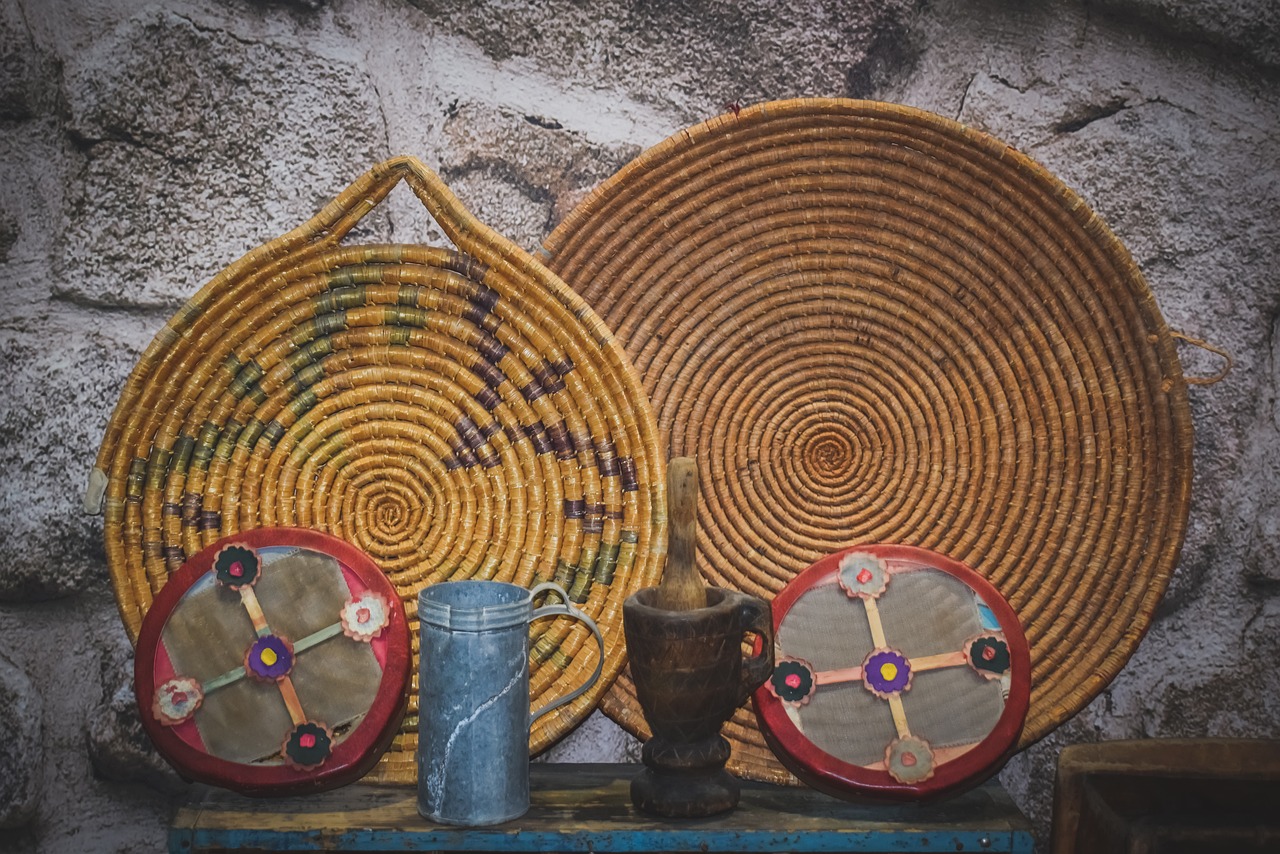
Functional Repurposing for Everyday Use
When it comes to giving new life to old kitchenware, the possibilities are endless, especially when you think about functional repurposing. Instead of tossing out those unused items cluttering your cabinets, why not transform them into practical solutions that can enhance your daily life? Repurposing not only reduces waste but also allows you to create unique tools that serve a purpose while adding a personal touch to your home. Imagine turning a worn-out colander into a chic fruit basket or using an old cutting board as a rustic serving tray. The beauty of this approach is that it encourages creativity while providing functionality.
One of the most popular items to repurpose are old jars. These versatile containers can be used for much more than just storing food. With a bit of imagination, you can turn them into stylish storage solutions for various items around your home. For instance, you might use them to organize your pantry, keeping spices, grains, and snacks neatly separated. Or, consider using them in your craft room to hold buttons, ribbons, and other supplies. Not only do they keep things tidy, but they also add a charming aesthetic to your space. Here are a few creative ideas for repurposing old jars:
- Herb Garden: Fill jars with soil and plant your favorite herbs for a handy kitchen garden.
- Pencil Holders: Use jars to organize pens, pencils, and other stationery items on your desk.
- Bathroom Storage: Store cotton balls, swabs, and other bathroom essentials in decorative jars.
Another unexpected item that can be repurposed is the humble baking sheet. While they are often relegated to the oven, they can serve as versatile organization tools in various ways. For example, you can transform a baking sheet into a magnetic board by painting it with chalkboard paint and attaching magnets to it. This creates a fun and functional space for notes, grocery lists, or reminders. Additionally, you can use baking sheets as trays to corral items on your desk or kitchen counter, keeping everything organized and within reach. The key is to think outside the box and see the potential in everyday items.
In essence, functional repurposing is about embracing creativity and resourcefulness. It allows you to reduce clutter while finding innovative ways to incorporate old items into your daily life. Not only will you be saving money by not purchasing new storage solutions, but you will also have the satisfaction of knowing you’ve given your old kitchenware a new purpose. So, the next time you’re about to throw something away, pause and ask yourself: How can I turn this into something useful?
Q: What are some easy kitchen items to repurpose?
A: Common kitchen items that can be easily repurposed include jars, baking sheets, colanders, and cutting boards. Each of these can be transformed into functional pieces with a little creativity.
Q: How can I ensure my repurposed items are safe to use?
A: Always clean and sanitize any kitchenware before repurposing it. If you're using items for food storage, make sure they are food-safe materials.
Q: Can I paint old kitchenware for repurposing?
A: Yes! Painting can enhance the aesthetic appeal of old kitchenware. Just be sure to use non-toxic, food-safe paints if the items will come in contact with food.
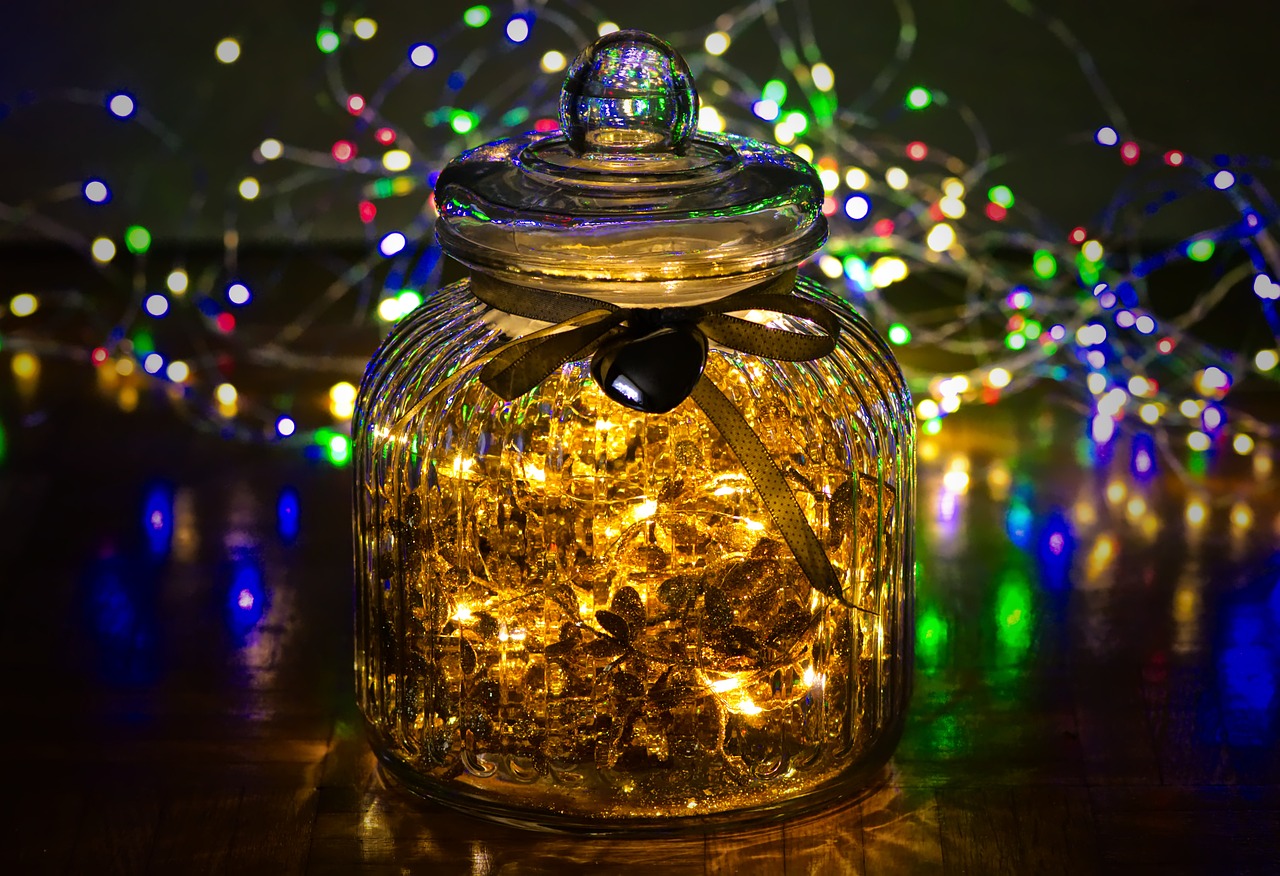
Storage Solutions with Old Jars
Old jars are not just relics of your culinary past; they can be transformed into stylish storage solutions that add both functionality and flair to your home. Whether you have mason jars, pickle jars, or any glass containers lying around, these versatile items can serve a multitude of purposes beyond their original intent. Imagine walking into your kitchen and seeing neatly organized jars filled with spices, grains, or even craft supplies, all while showcasing your creativity and taste!
One of the best things about repurposing old jars is their adaptability. You can use them in various rooms and for different purposes. For instance, in the kitchen, you can categorize your spices by filling jars with them and labeling each one. This not only makes it easier to find what you need but also adds a rustic charm to your cooking space. In the bathroom, old jars can be used to store cotton balls, swabs, and other small items, keeping your countertop clutter-free and organized.
Here are some creative ideas to get you started with repurposing old jars:
- Herb Garden: Use jars as mini planters for herbs. Place pebbles at the bottom for drainage, fill with potting soil, and plant your favorite herbs. They make for a lovely kitchen display!
- Pencil Holders: Decorate jars with washi tape or paint and use them as pencil holders on your desk. They can add a pop of color while keeping your workspace tidy.
- Gift Containers: Fill jars with homemade treats like cookies or jams and give them as gifts. A personal touch like a handwritten label makes it even more special.
To make the most of your old jars, consider these organization tips:
| Room | Jar Use | Tip |
|---|---|---|
| Kitchen | Spice Storage | Label each jar for easy identification. |
| Bathroom | Bathroom Essentials | Use decorative jars to enhance your decor. |
| Office | Pencil Holder | Customize with paint for a personal touch. |
| Living Room | Candle Holders | Place candles inside for a cozy ambiance. |
In conclusion, old jars can be much more than just containers—they can be a source of inspiration for creating order and style in your home. By repurposing these items, you're not only reducing waste but also adding a unique, personal touch to your space. So, the next time you finish a jar of jam or pickles, think twice before tossing it in the recycling bin. Instead, let your imagination run wild and discover the endless possibilities that await!
Q1: How do I clean old jars before repurposing them?
A1: Start by removing labels and sticky residue. Soak the jars in warm, soapy water, then scrub with a sponge. Rinse thoroughly and let them dry completely before using them for storage.
Q2: Can I paint old jars?
A2: Absolutely! You can use glass paint or spray paint to give your jars a fresh look. Just make sure to follow the manufacturer's instructions for the best results.
Q3: Are there specific materials I should avoid using in old jars?
A3: Avoid storing items that may react with glass, such as certain chemicals or very oily substances. Always ensure the contents are safe for glass storage.
Q4: How can I decorate jars for gifts?
A4: You can wrap jars with twine, use fabric to cover the lid, or create personalized labels. Adding a small decorative element like a sprig of herbs or a flower can elevate the presentation!
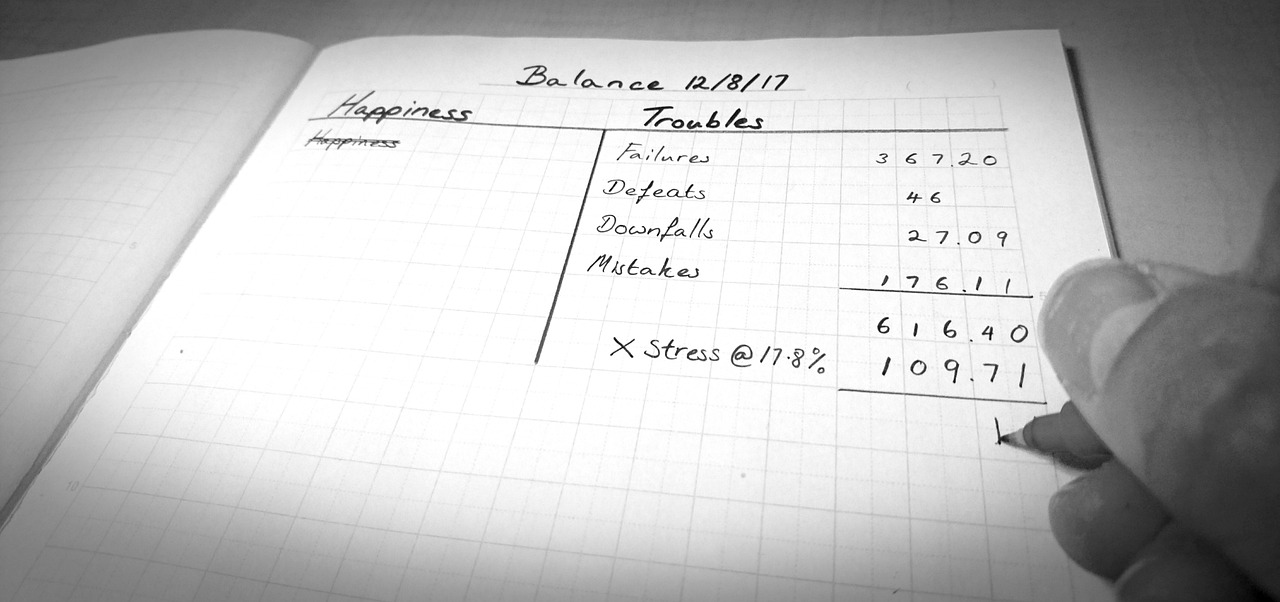
Using Baking Sheets for Organization
Have you ever looked at your cluttered kitchen and thought, "There has to be a better way to organize all this?" Well, you’re in luck! Old baking sheets can be transformed into incredibly useful organization tools that not only declutter your space but also add a touch of creativity to your home. Imagine turning those forgotten sheets into magnetic boards, trays, or even a stylish display for your favorite spices. It’s like giving your kitchenware a second chance at life, and the results can be surprisingly chic!
One of the simplest ways to repurpose baking sheets is by creating a magnetic board. Just think about it: you can easily attach notes, recipes, or even photos with magnets, keeping everything you need right at your fingertips. To make this transformation, all you need is some strong adhesive magnets and a few decorative touches. You might choose to paint the baking sheet or add a border with washi tape to give it a personal flair. This way, it becomes not just functional, but a piece of art hanging on your wall.
Another fantastic idea is to use baking sheets as trays for organizing small items. Whether it’s your crafting supplies, office stationery, or even your collection of spices, a baking sheet can serve as a stylish base. Imagine a baking sheet filled with jars of spices, all neatly labeled and easy to access! You can even group similar items together, creating a visually appealing display that makes it easy to find what you need. It’s a great way to maximize space and keep things tidy.
Let’s also not forget about the versatility of baking sheets in the garage or workshop. They can be used to hold screws, nails, and other small hardware items, preventing them from getting lost in the chaos. You can simply attach a few magnets to the underside of the baking sheet and stick it to a metal surface, making it easy to grab what you need without rummaging through boxes. It’s like having your very own toolbox that’s both functional and easy on the eyes!
In addition to these ideas, you can even create a simple display board for your kitchen. By attaching hooks to the baking sheet, you can hang utensils, measuring spoons, or even decorative items. This not only keeps everything organized but also turns your kitchen into a charming showcase of your culinary tools. It’s a win-win situation: you declutter your space and create a unique focal point that sparks joy every time you walk in.
In conclusion, repurposing old baking sheets can lead to innovative organization solutions that breathe new life into your kitchen and beyond. Whether you’re creating a magnetic board, a stylish tray, or a functional display, the possibilities are endless. So, next time you consider tossing out those old sheets, think twice! They might just hold the key to a more organized and beautiful space.
- Can I use non-stick baking sheets for these projects? Yes, non-stick baking sheets can be used, but ensure that any adhesives you use are compatible with the surface.
- How do I clean the baking sheets before repurposing them? Clean them with warm soapy water and a scrubber to remove any baked-on residue. Rinse and dry thoroughly before starting your projects.
- Are there any safety concerns with using old baking sheets? As long as they are free from rust and damage, old baking sheets are safe to use. Just avoid using them for food preparation if they are heavily scratched or worn.
Frequently Asked Questions
- What is repurposing and why is it important?
Repurposing is the creative process of taking old or unused items and giving them a new purpose. It's important because it reduces waste, minimizes our environmental footprint, and adds unique character to our homes. Instead of tossing out old kitchenware, you can transform it into something functional or decorative, making it both eco-friendly and personal.
- Can I really use old pots as planters?
Absolutely! Old pots make fantastic planters. They can add a rustic charm to your garden or home. Just ensure the pots have drainage holes, and choose plants that suit the pot size and your environment. With a little creativity, your old pots can become vibrant homes for your plants!
- What types of plants are best for repurposed pots?
When selecting plants for your repurposed pots, consider the pot size and sunlight conditions. Herbs like basil and mint thrive in smaller pots, while larger pots can accommodate flowering plants or even small shrubs. Always choose plants that will flourish in the environment you provide, ensuring your repurposed planters are both beautiful and functional.
- How can I decorate my upcycled planters?
Decorating your upcycled planters can be a fun project! You can use various painting techniques like stenciling, sponge painting, or even decoupage to personalize your pots. Choose colors that complement your home decor or go for bold hues to make a statement. The possibilities are endless!
- What are some practical uses for old jars?
Old jars can be transformed into stylish storage solutions for everything from pantry items to craft supplies. You can label them for easy organization or use them as decorative vases. They’re perfect for keeping your space tidy while adding a touch of charm!
- How can I repurpose baking sheets?
Baking sheets are incredibly versatile! You can turn them into magnetic boards for notes and reminders, or use them as trays for organizing small items. With a bit of creativity, your old baking sheets can help declutter and enhance your home’s functionality.
- Is it safe to use old kitchenware for new purposes?
Generally, yes! However, ensure that any kitchenware you repurpose is clean and free from harmful chemicals or residues. If you're using items for food-related purposes, make sure they are food-safe. Always inspect your items before repurposing them to ensure safety.



